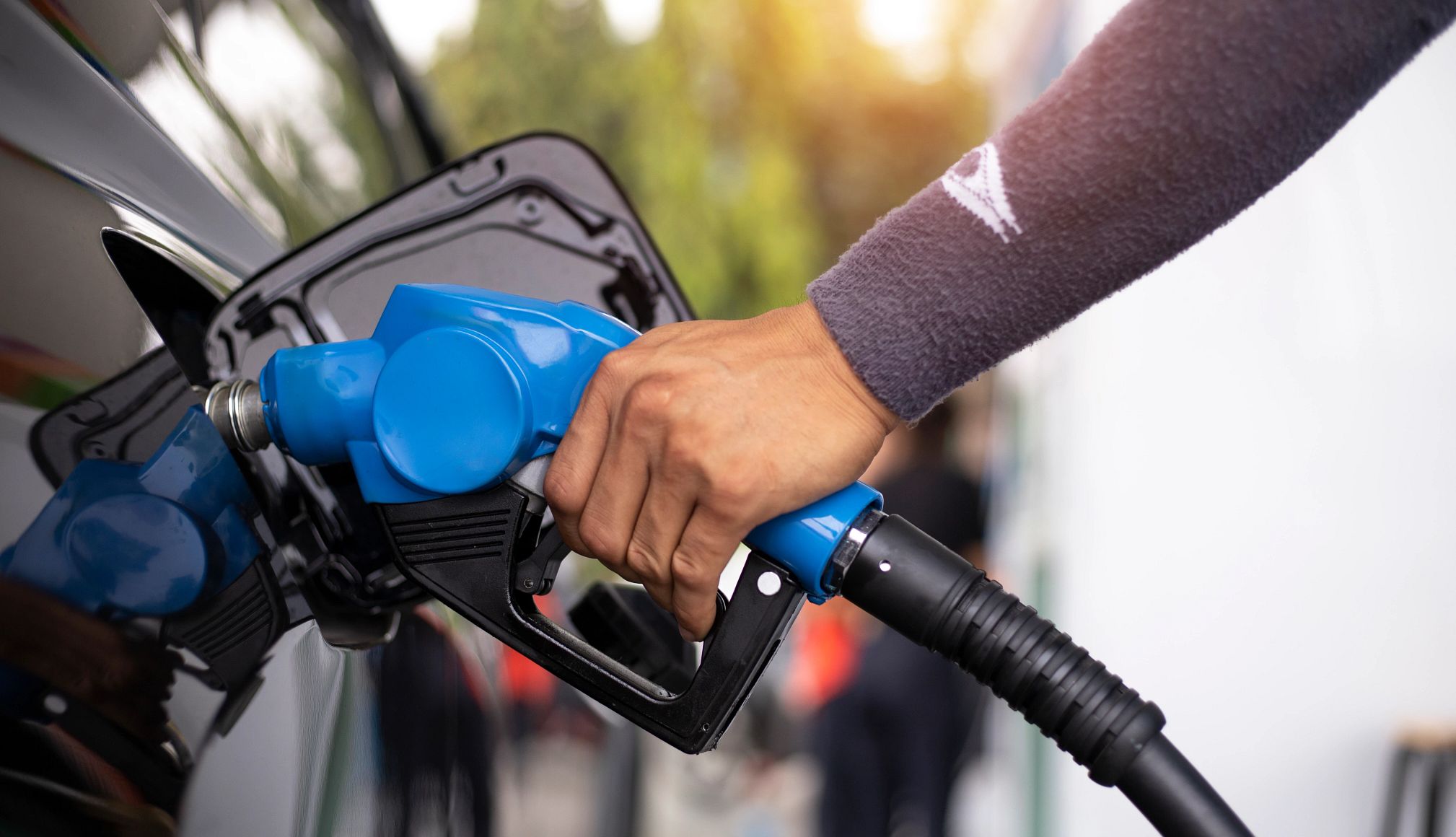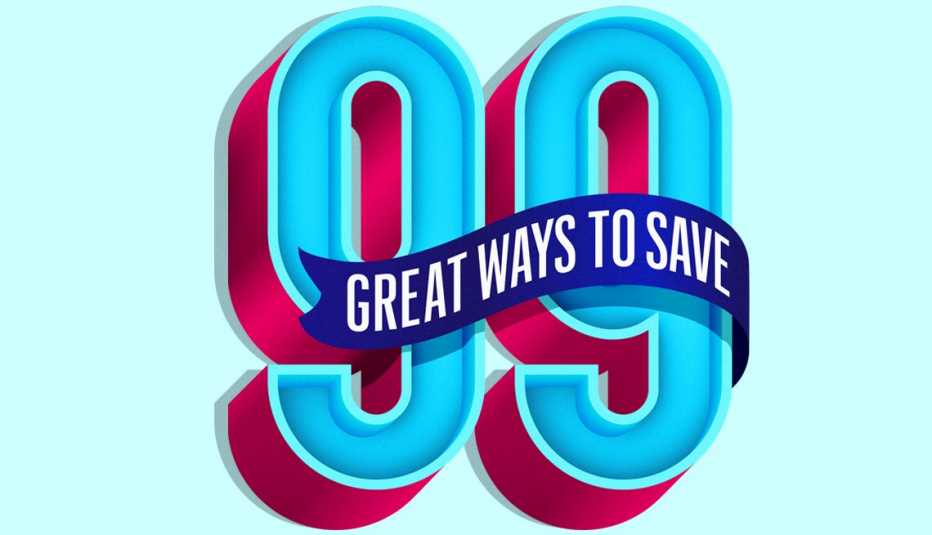AARP Hearing Center
Ukraine’s drone strikes on Russian refineries, a switch to pricier summer blends of gasoline and increased demand from consumers are driving gas prices to their highest level this year. Prices bottomed around $3.06 on Jan. 14, according to AAA, and now hover around $3.48 per gallon for regular unleaded. In some states, including California, Hawaii, Nevada, Oregon and Washington, prices at the pump are well over $4 per gallon.
“Gasoline prices tend to bottom out in December, January and February and start going up as refineries start switching over to summer blends of gasoline, which are more complicated to refine and more complicated to distribute,” says Robert Sinclair, a spokesman for AAA Northeast. “Drone strikes on Russian refineries and the continuing war in Ukraine” are also contributing to the rise in prices.
During the winter months, consumers drive less, but when the weather warms up, they hit the road more, which also drives prices higher.
Any gas price increase is bad news for consumers, but combined with elevated food prices, the strain will likely weigh on household budgets. “Consumers don’t have elasticity in their budgets,” Sinclair says.
For many older adults, gas is a necessity that can’t be switched off like dining out or spending on entertainment. The good news: You can reduce the amount you spend getting your car from point A to point B.
How to lower your gasoline expenditures
When it comes to saving at the pump, the factor that has the biggest impact tends to be the hardest to change — your driving habits. “American consumers have more power than they realize,” says Patrick De Haan, head of petroleum analysis at GasBuddy. “If you look at the pandemic, people stopped driving, and prices plummeted.”






































































